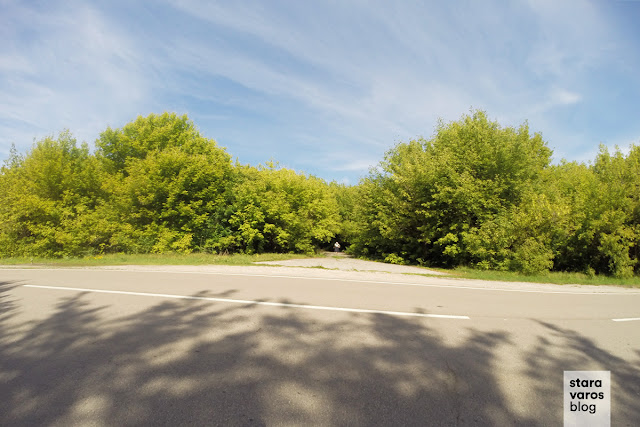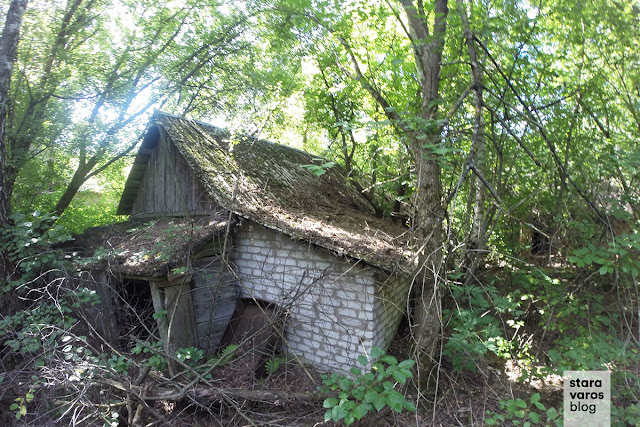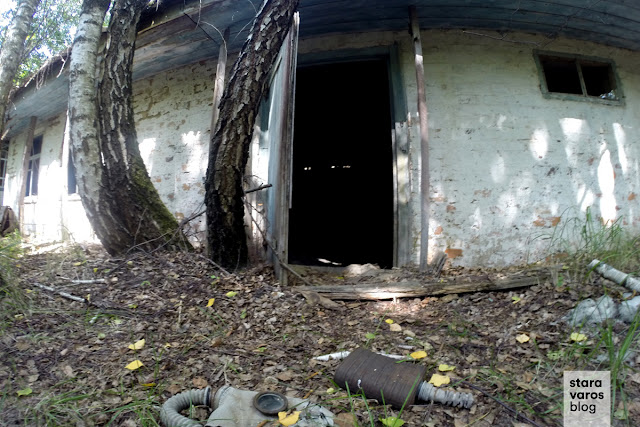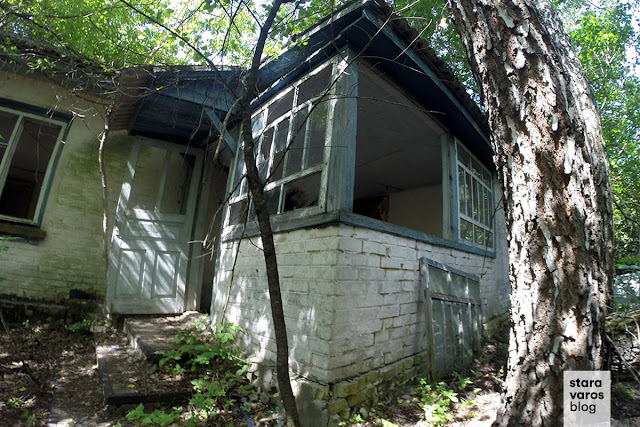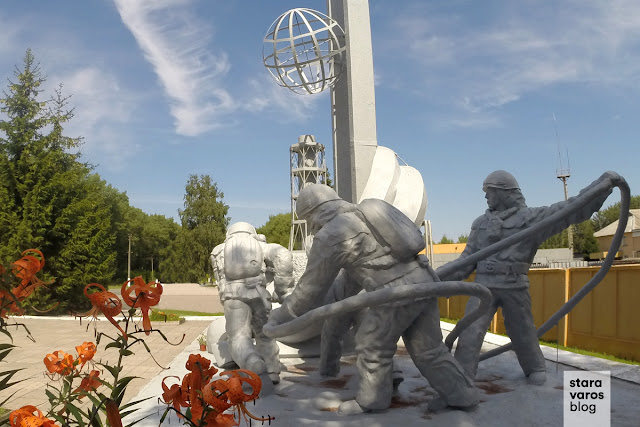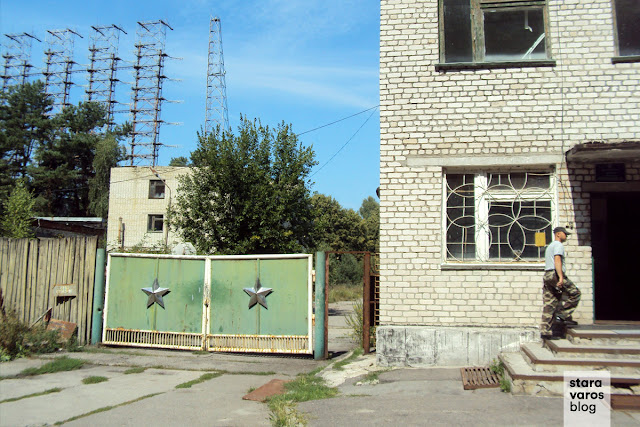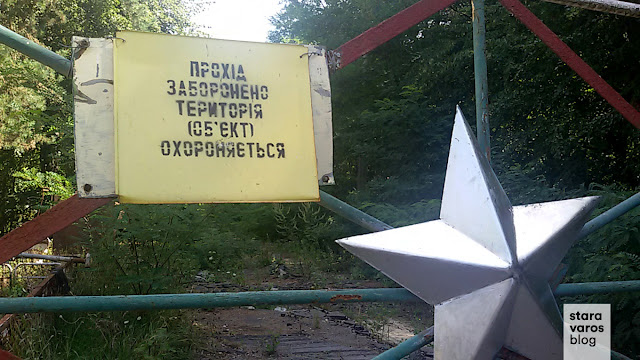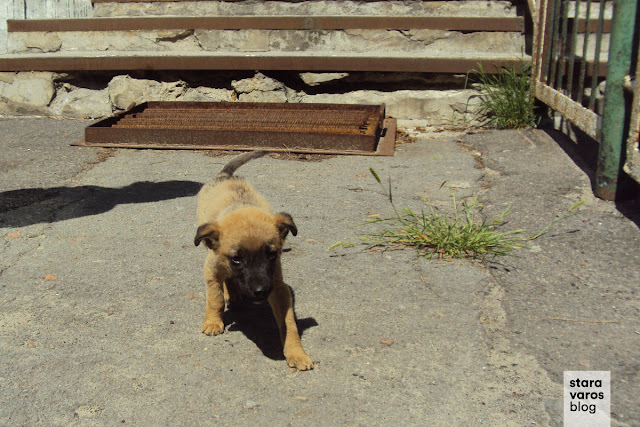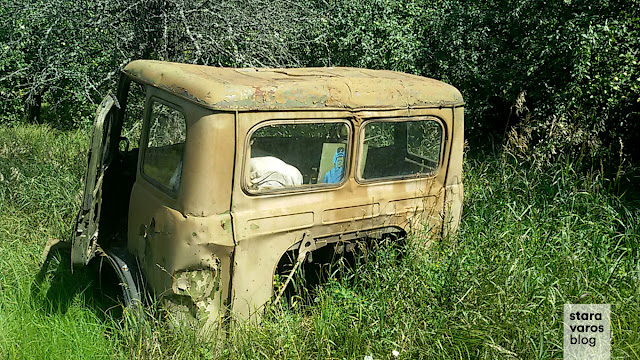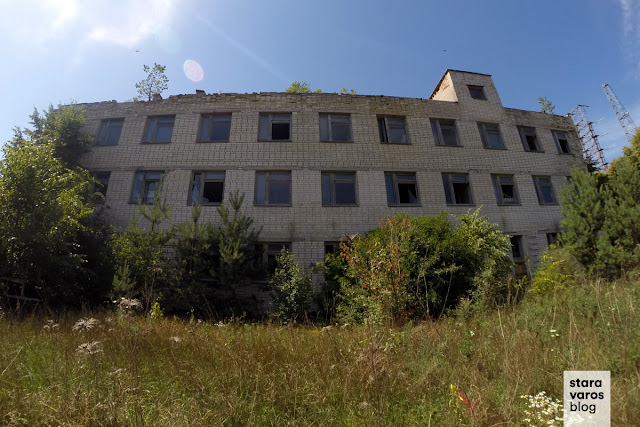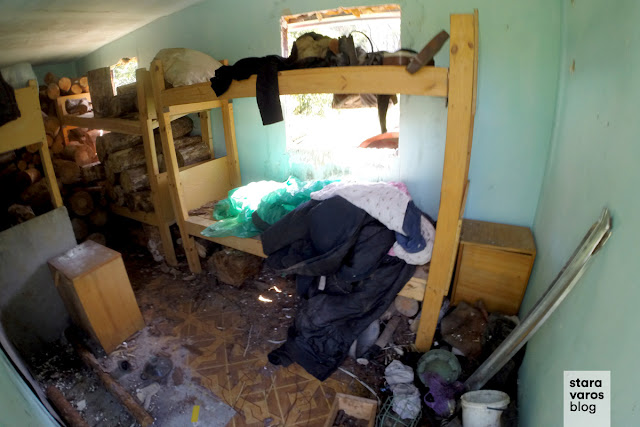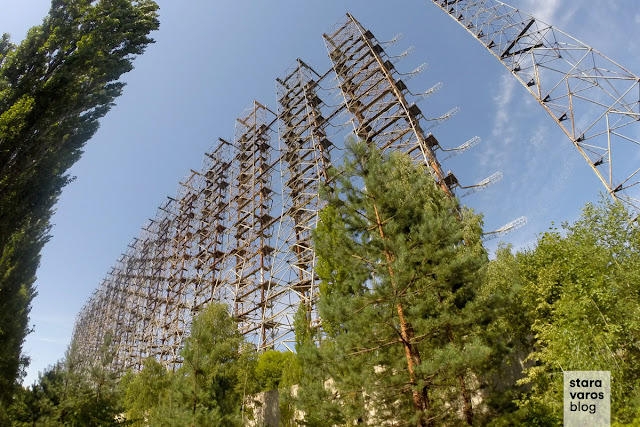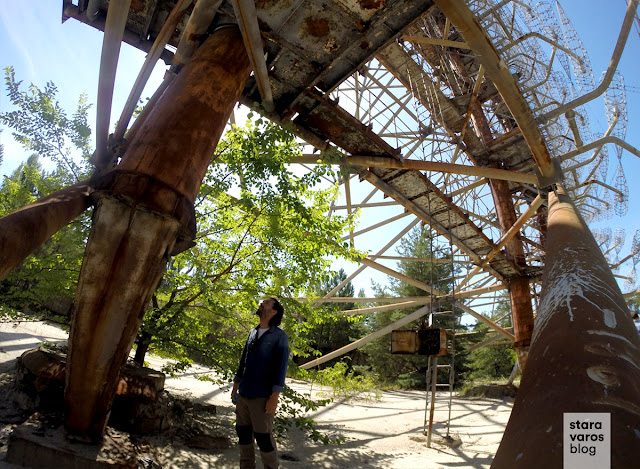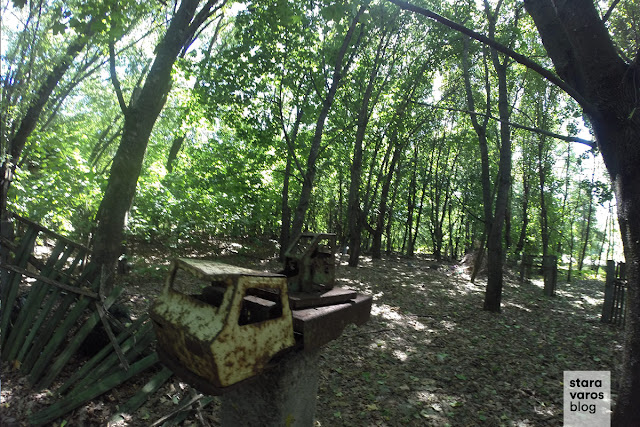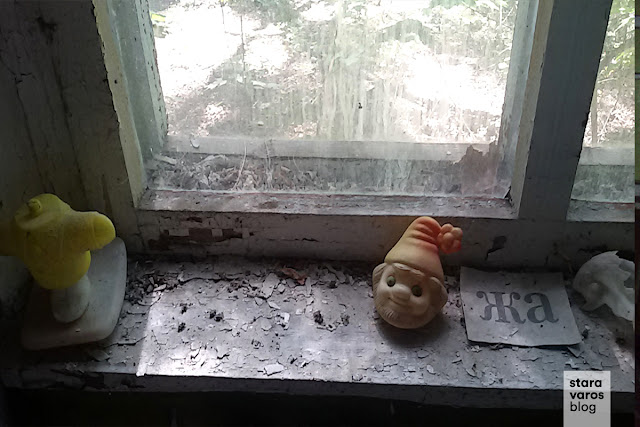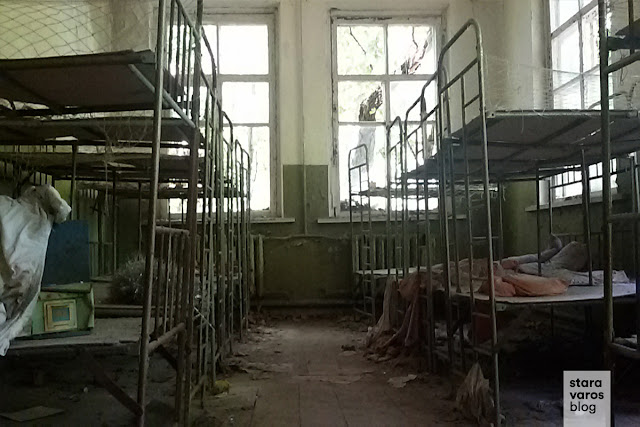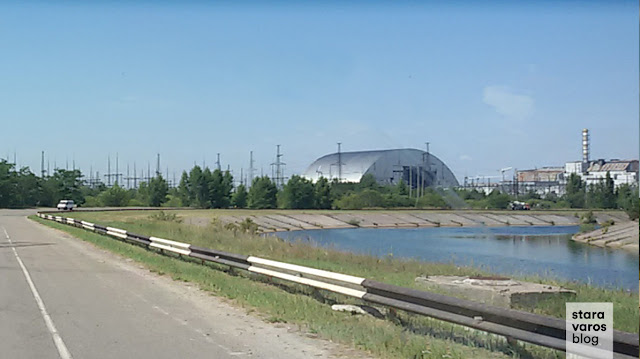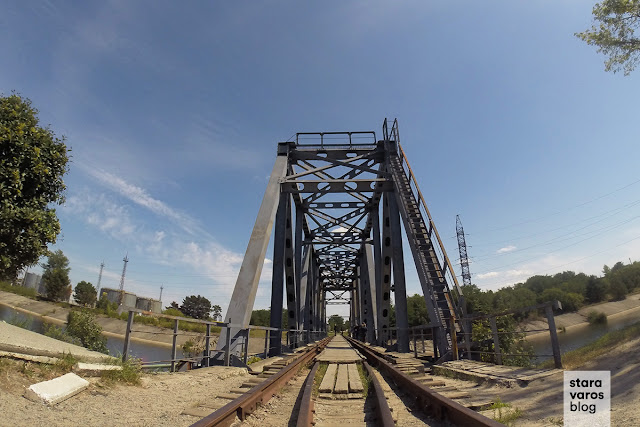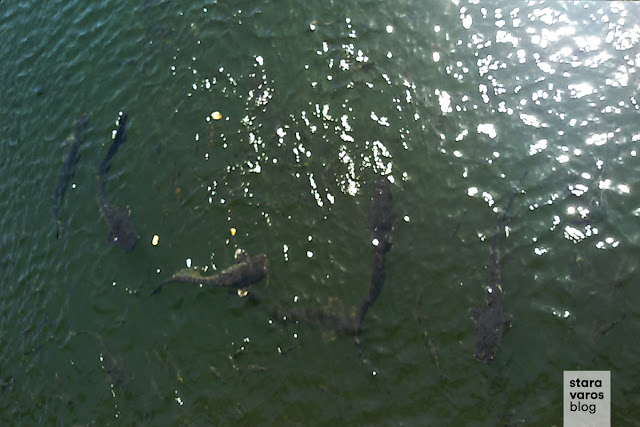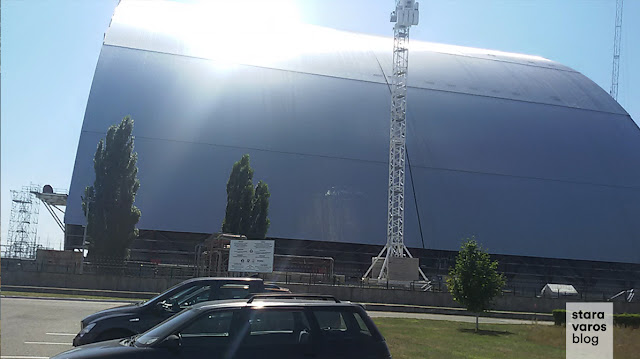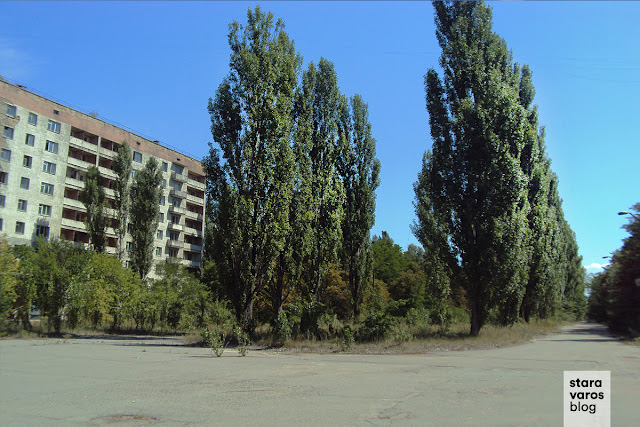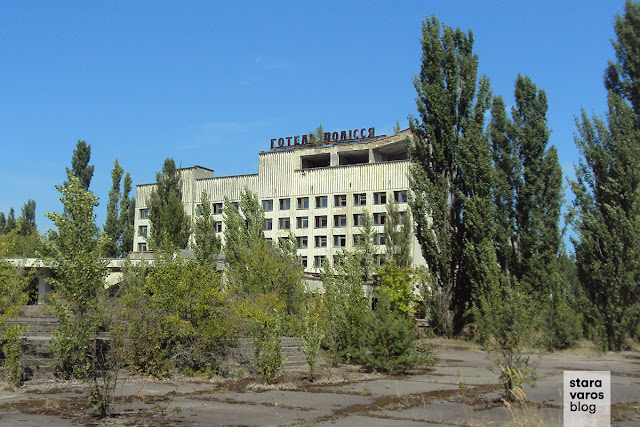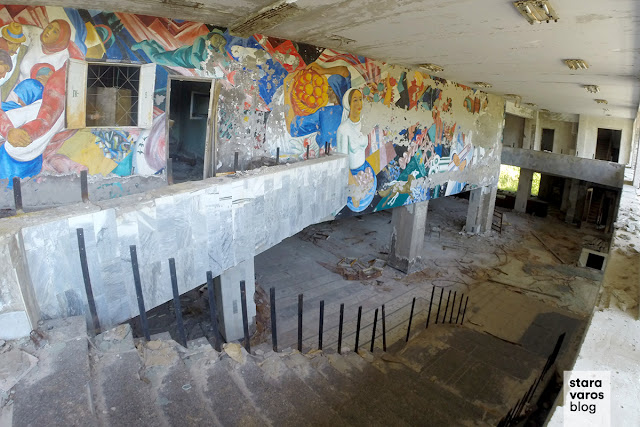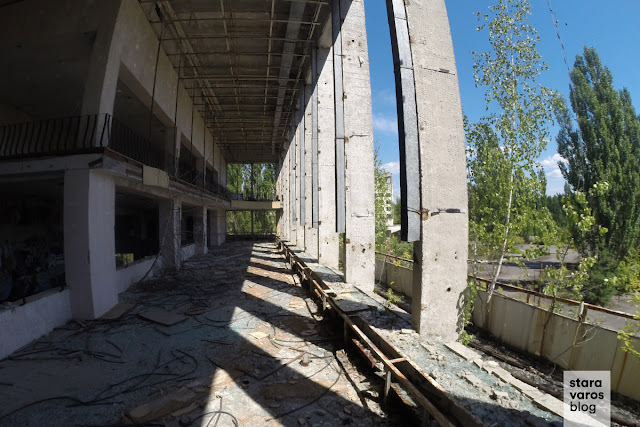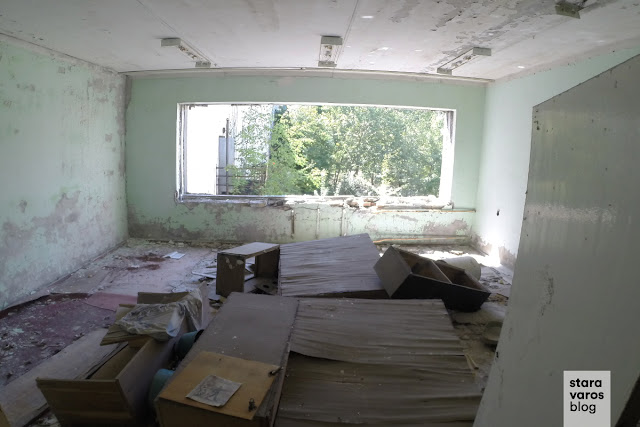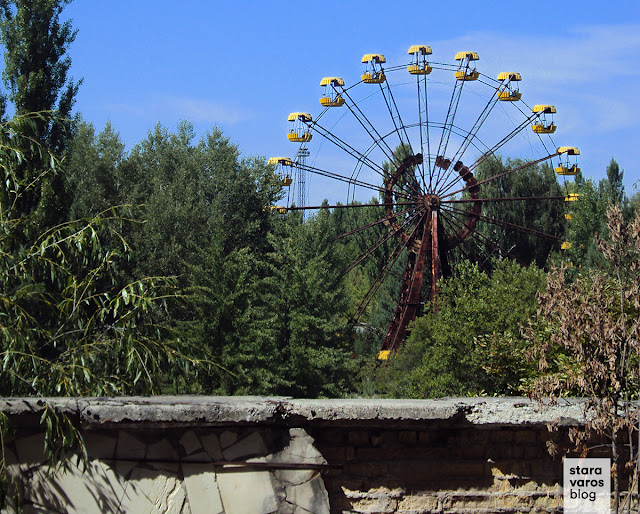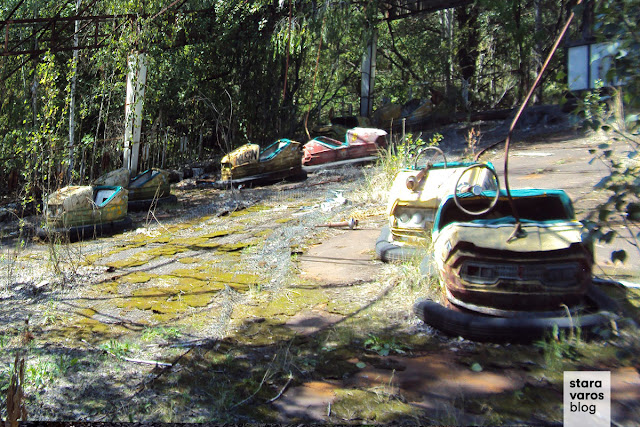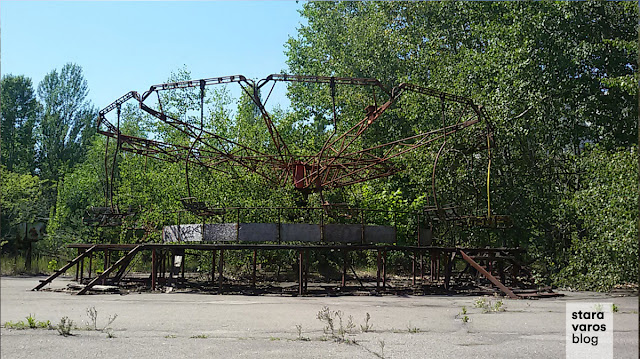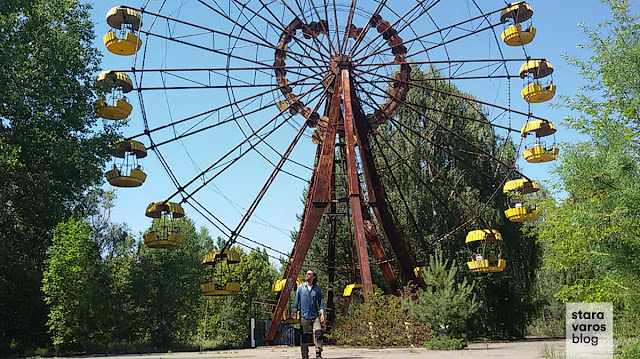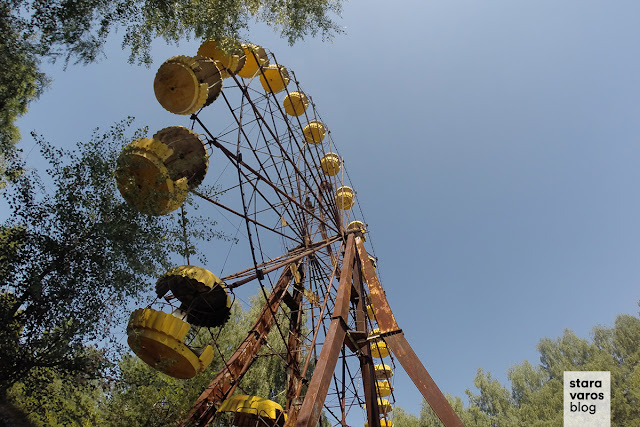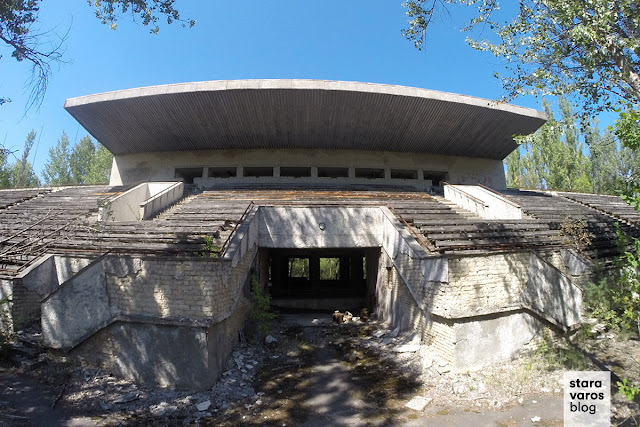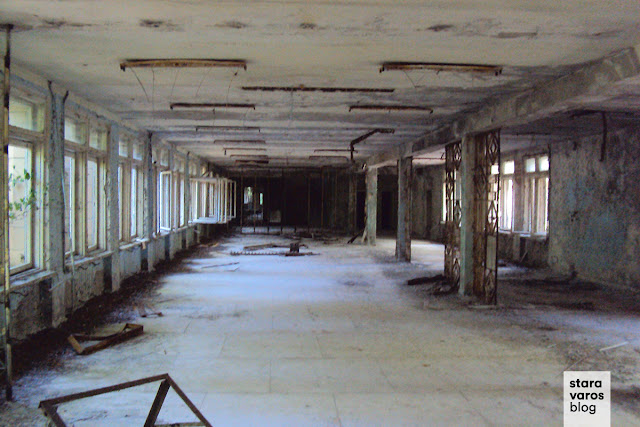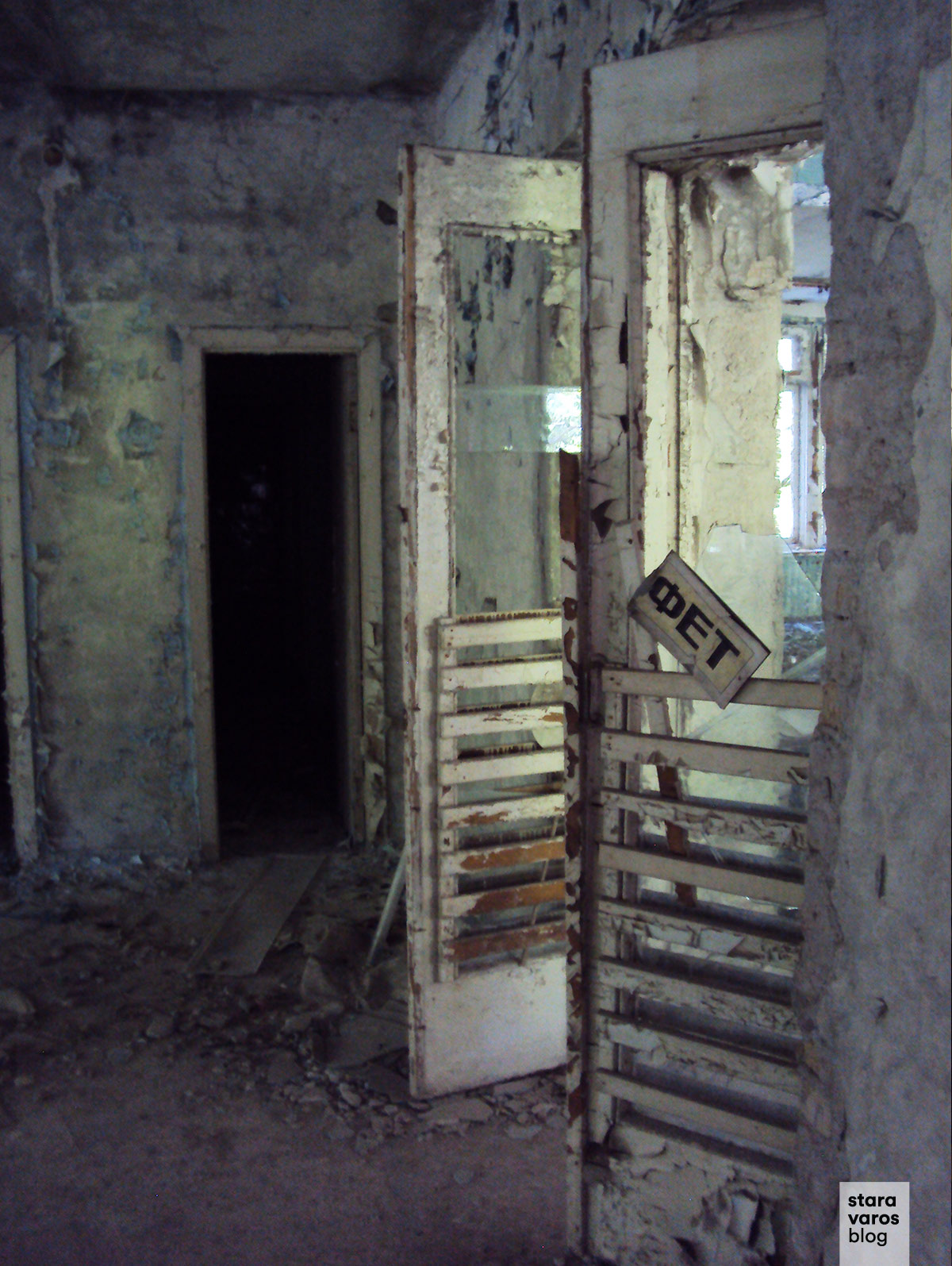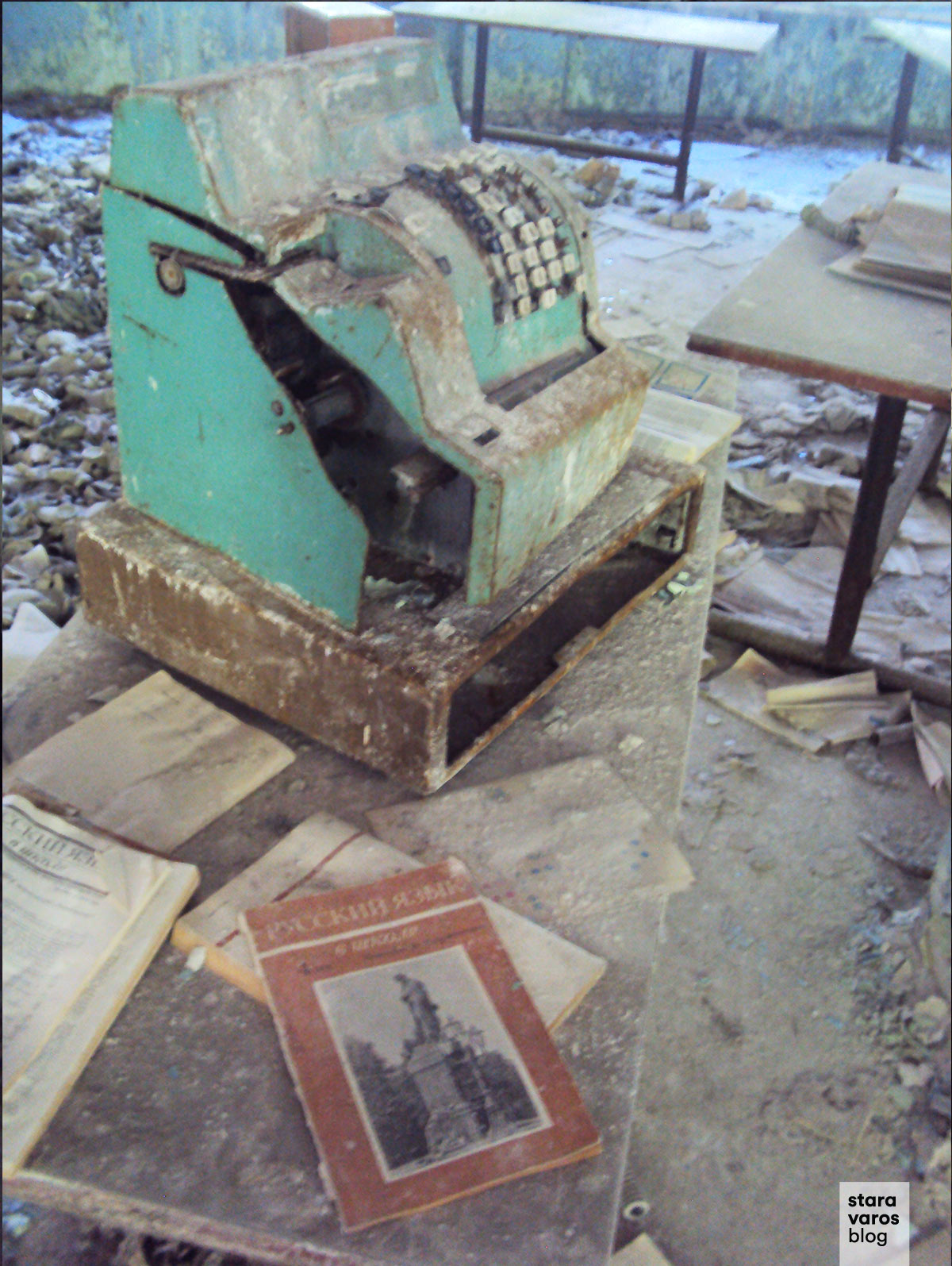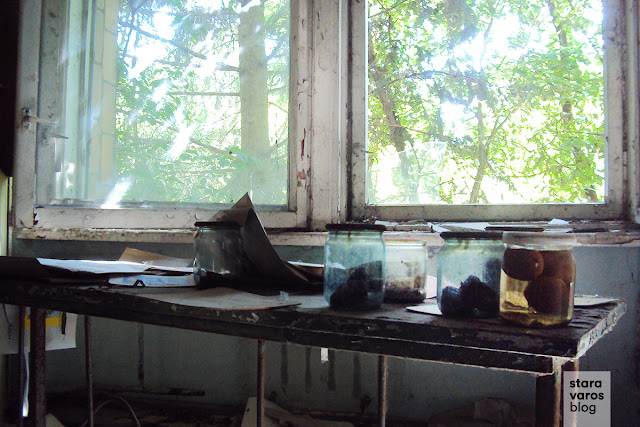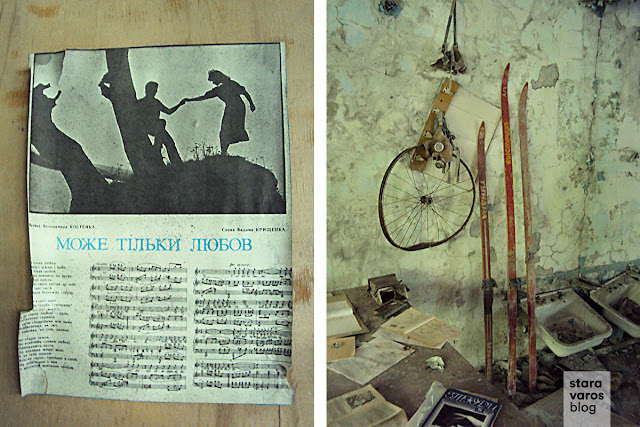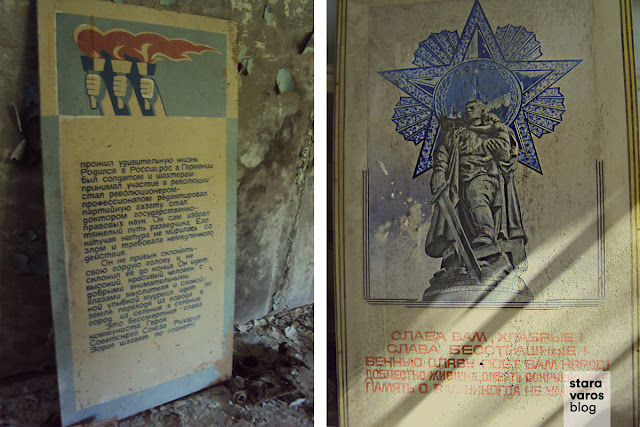About me
My Trips
- 2022: A Yugo-Nostalgic ride [Kosovo - Montenegro]
- 2019: A taste of the Alps [Italy - Austria]
- 2019: In search of concrete Titans - part III [Bul...
- 2018: In search of concrete Titans - part II [Bulg...
- 2018: In search of concrete Titans - part I [Bulga...
- 2018: A ride over the clouds [Albania - Montenegro]
- 2017: Transfagarasan Highway - DN7C [Romania]
- 2016: Russia & Baltics
- 2016: Scouting Central Albania
- 2016: Romanian «Vampire-Free» birthday ride [Bulga...
- 2015: Eastern European «radioactive» ride [Ukraine - Transnistria - Moldova - Romania]
- 2015: Alone in central Balkans [Serbia - Bosnia - Bulgaria]
- 2015: Exclusion Zone, Chernobyl & Pripyat [Ukraine]
- 2015: The Greater Caucasus ride [Georgia]
- 2014: Roads over traces of conflicts [Kosovo - Ser...
- 2014: A ride by the Danube River [Romania & Bulgaria]
- 2013: From Niš to Sarajevo: a ride through recent history [Serbia - Bosnia]
- 2013: Balkan ride [Kosovo - Serbia - Montenegro - Albania]
PoI's and Roads
- The Pindus mountain range: Tzoumerka & the Baros Pass [Greece]
- Prespa Lake & the TransFlorina Highway [Greece]
- Patarei prison: Estonia's darkest secret
- Wolf’s Lair - The WW2 German command post [Poland]
- A glance in Transnistria and Tiraspol [PMR]
- Inside the Exclusion Zone, Chernobyl & Pripyat [Ukraine]
- Veliky Novgorod: Where it all began
- Hill of Crosses: Lithuanian timeless icon
- Helsinki: Daughter of the Baltic
- Transfagarasan Highway - DN7C [Romania]
- Großglockner Hochalpenstraße [Österreich]
- Scouting South Serbia
- Devil’s Throat [Bulgaria]
Post by country
- Albania (8)
- Austria (3)
- Bosnia and Hercegovina (6)
- Bulgaria (17)
- Croatia (2)
- Estonia (4)
- Finland (3)
- Georgia (4)
- Greece - Hellas (8)
- Italy (2)
- Kosovo (6)
- Letonia (1)
- Lithuania (3)
- Moldova (5)
- Montenegro (8)
- Poland (2)
- Romania (12)
- Russia (3)
- Serbia (15)
- Slovakia (1)
- Transnistria (5)
- Turkey (3)
- Ukraine (5)




